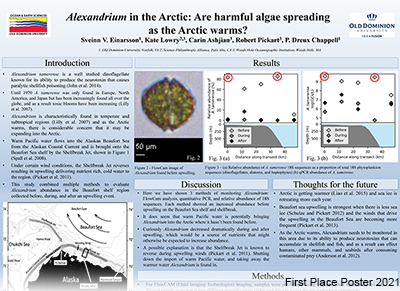College
College of Health Sciences
Department
Physical Therapy & Athletic Training
Program
Kinesiology and Rehabilitation
Publication Date
4-2021
DOI
10.25883/7stk-zf39
Abstract
Introduction: Running velocity decreases with age, likely resulting from physiological and musculoskeletal changes associated with aging. Females experience a more rapid decline in physical performance during middle age than males, therefore it is important to consider separate-sex analyses when studying running biomechanics and running-related injury. The purpose of this study was to determine the relationship between age and different running speeds separately for female and male runners.
Methods: Male (n=33) and female (n=46) runners (ages 18–65 years) ran at their self-selected JOG (long distance) and MAX (maximal running) pace on a treadmill. Running velocity was recorded. Simple linear regression was used to assess the relationship between age and running velocity at JOG and MAX speeds separately for males and females. Percent decrease in running speed with age was calculated.
Results:There was a significant negative correlation with age and MAX speed for males (p=.034, R=.37) and females (p
Discussion: Maximal running speed places a greater physical demand on the runner and appears to be more indicative of changes in running biomechanics associated with aging. Despite a lack of significant age and sex interaction effect on running speed, females demonstrated a greater percent decrease in maximal speed with age compared to males. Sex differences in biomechanics of aging runners should be further explored. Because running has several health advantages, it is important to understand biomechanical changes in aging runners to maximize running ability and reduce running-related injury.
Keywords
Running, Aging
Disciplines
Biomechanics | Exercise Physiology | Exercise Science
Files
Download Full Text (6.1 MB)
Recommended Citation
Hamilton, Heather and Kakar, Rumit Singh, "Self-Selected Maximum but Not Jogging Speed Decreases with Age in Male and Female Runners" (2021). College of Health Sciences Posters. 10.
https://digitalcommons.odu.edu/gradposters2021_healthsciences/10


